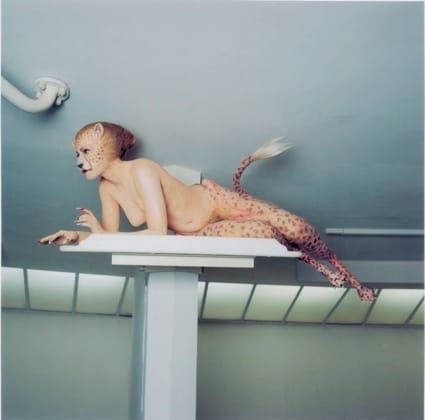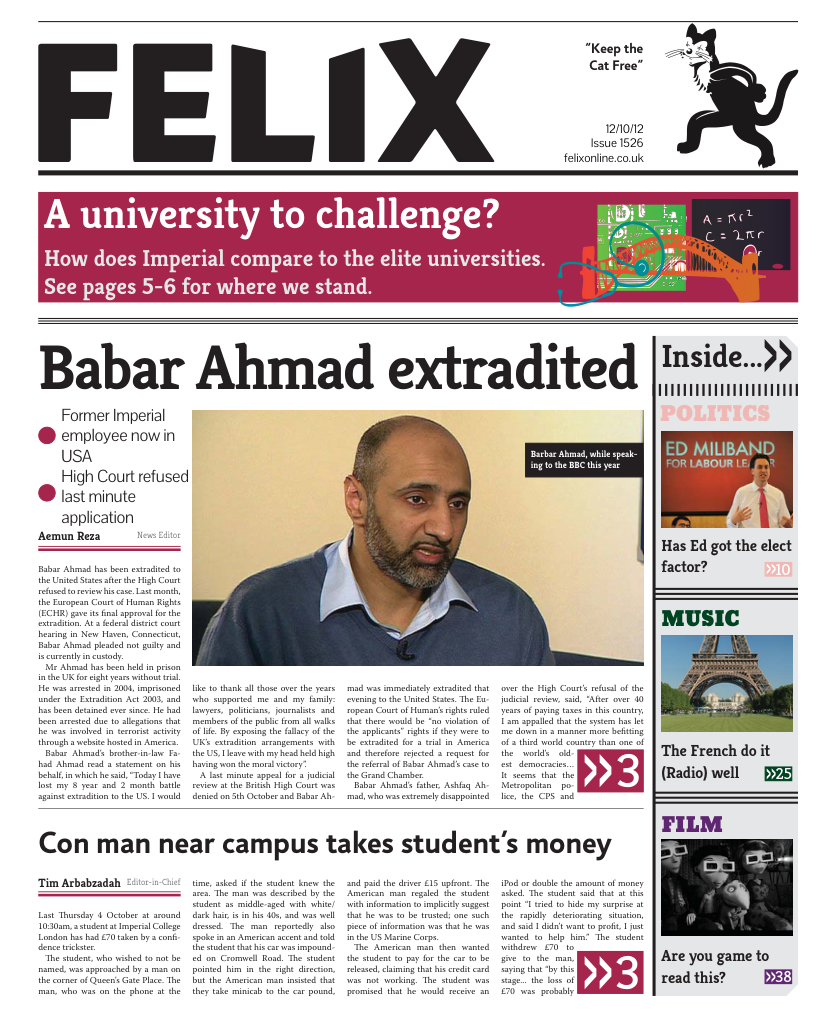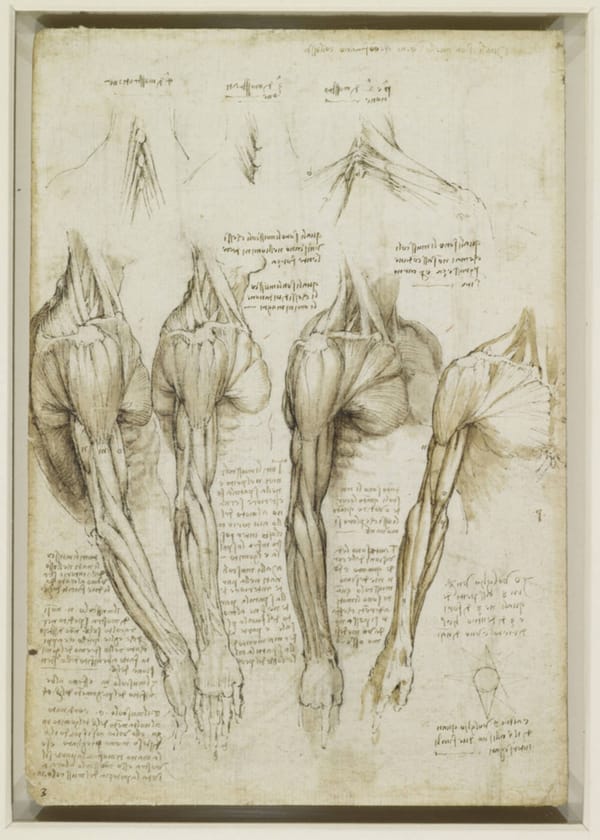Superhuman
Meredith Thomas ventures into the weird land of the cyborgs at the Wellcome Collection

What do dildos, wheelchairs and steroids have in common? There are probably only two places in London you will find these three things in conjunction. One of them is not suitable for a family newspaper, the second is the Wellcome Collection. In the latter case their justification for sharing a room is their function as devices with which humans have tried to improve, repair or augment their bodies. This is a theme that should excite scientists and artists and equal measure.
Cannily placed in the middle of an Olympic summer, Superhuman explores the theme of human enhancement. Despite the timing, the show expands the premise to wider contexts than simply sport. The curators have pulled together an unapologetically idiosyncratic show with a rambling scope, sitting somewhere between gallery, museum and Coney Island freak show. This will be familiar to anyone who has visited the venue before. However the 100 artefacts, including artworks, videos and archaeological curiosities, definitely make for an impressive collection.
Typically of the Collection, you are not permitted to simply browse and enjoy. The curators seek to poke your conscience and provoke your imagination with every step. The first question the curators ask is what we mean by enhancement. We probably all agree that medical innovations designed to repair or replace function lost through illness or injury count. This would include prosthetic legs and pacemakers but are we willing to count sex toys, high heels and recreational drugs? How confident do we feel about a future where transhumanist dreams of implants and robotic limbs start to look a lot less far-fetched?
The result is an inclusive and slightly subversive exhibition. The very first thing you see as you enter the space is a tiny 2000-year-old stature of Icarus. This one tiny figure is a concise allegory for the timelessness of mans’ imperative to enhance and the inherent pitfalls that result. What follows is a journey past Egyptian false toes, gothic devices for assisting thalidomide victims and photographic histories of drug scandals from the early days of the Tour de France.
What really hit home from the exhibition is that the instinct to add an augment is so very old. Previously aesthetic enhancement has been a dominant theme. Jewellery, make-up and clothing are very familiar examples of this desire to artificially change one’s image.
The second thrust historically has been medicinal and restorative. However thought has been limited to simply replacing lost functionality. These efforts have often been abysmal, clumsy failures. There are more speculative and reflective exhibits too. There are examples of comic book heroes with superhuman abilities and interviews with futurists fretting about the social impact of cybernetics. The show has undoubtedly benefited from the interest in Paralympic sport over the summer. One the interesting themes that emerges is the changing attitudes to disability prompted by technical advance.
One of the exhibits, a rare screening of Matthew Barney’s film Cremaster reveals athlete and model Aimee Mullins (pictured top) in all her unconventional beauty.
In case you are unaware of Mullins, suffice to say she is gorgeous from the knees up. Her extraordinary athletic prowess and a widely viewed TED talk, discussing her disability, have made her an influential proponent of this change in attitude.
She now has designers fighting for the chance to create prosthetic legs for her and film makers like Barney queuing up. His piece shows her wearing a range of unconventional prosthetics aimed at challenging ideas of body image. These include animal inspired works and jellyfish tentacles. Things are certainly changing, with technology offering real potential to move beyond aesthetic enhancements towards ones that give us new or improved abilities, there are some that believe a new tranche of functional implants and modifications are on the way. Does it, however, follow that merely because we have the technology, we should use it?
At the end of the show the we are led into the realm of the the hardcore transhumanist. We are introduced to the concept of enhancements directly integrated with the body, not to replace missing function but to add new abilities.
There are strange videos of patients overcome by cybernetic infections and the wheelchair of dead artist Donald Rodney roams freely around the gallery, tracking lonely trajectories. These artworks speak of our fears and discomfort surrounding the idea of changing and adding to our own bodies. We recognise tattoos and piercings as fairly normal, are bionic devices a natural extension of these ancient practices?
Dreams of a new bionic dawn remain largely in the realm of science fiction, due to cost, legality, ethical concerns or the harsh reality of what is possible. Occasionally however, these realms do drift closer to reality. Out there on the fringes is where things get a little weird. Black-and-white morality starts to give way to some rather uncomfortable shades of grey.
You have one week left to catch Superhuman at the Wellcome Collection. Your thoughts will be forcibly provoked. After all, with glasses on our heads and the phones in our pockets, we are all cyborgs already.







